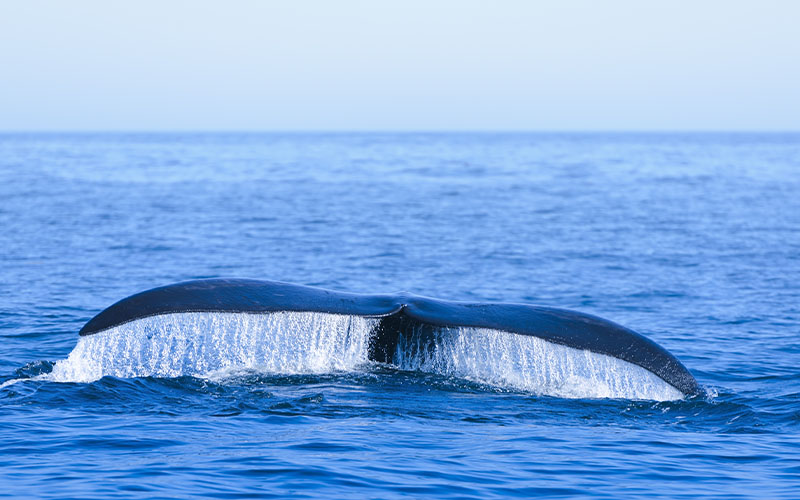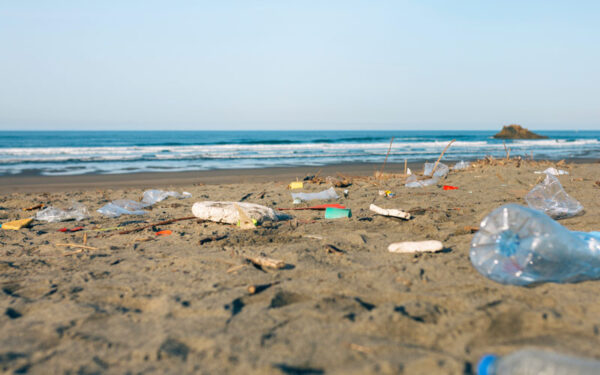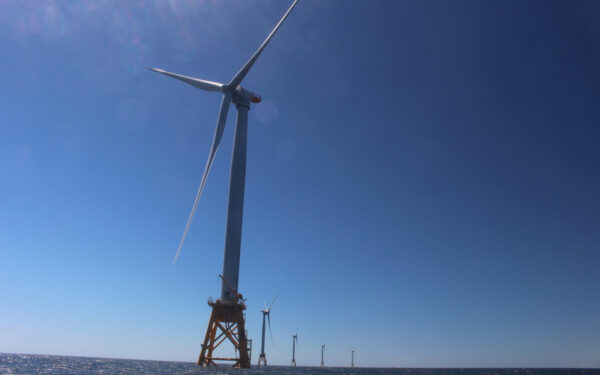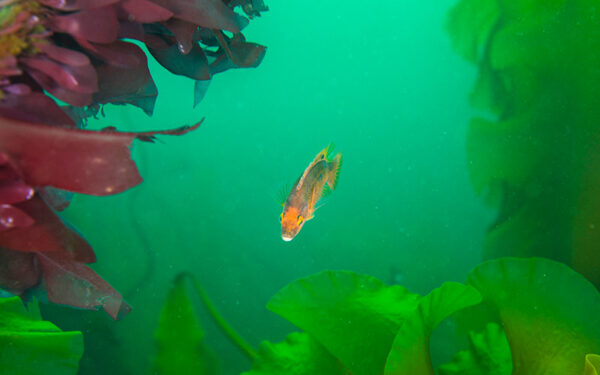
With barely 400 North Atlantic right whales left, we must take action now to decrease the entanglements in thick, heavy rope that are killing this iconic whale. Photo: Steve Meese via Creative Commons 2.0
Until last month, we thought that there were around 450 North Atlantic right whales. They were already one of the most endangered whales in the world. At the North Atlantic Right Whale Consortium meeting in New Bedford last month, scientists announced that even this small population estimate was too high.
With a new estimate of less than 408 North Atlantic right whales, there are fewer whales than members of the U.S. House of Representatives. While they don’t have elected representation in Congress, the federal government has a duty to protect them under the Endangered Species Act and the Marine Mammal Protection Act.
We need swift action now to decrease the entanglements in commercial fishing gear that are killing this iconic whale.
An Ocean Full of Ropes Creates a Deadly Obstacle Course for Whales
In the Northeast, right whales have to navigate a sea of nearly 3 million traps and 1 million thick vertical ropes or “lines” connecting fishing traps and other underwater gear on the seafloor to a buoy at the surface. More than 90 percent of these lines are associated with the lobster fishery. Today’s ropes are strong, and the fishing gear is heavy. When right whales get entangled, they toss and roll to try and shake the gear off, often wrapping the rope around their giant bodies. If they can’t shake it off, they end up dragging the heavy rope behind them, sometimes for years.
Nearly all right whales living today have been entangled in fishing gear, and around 60 percent have been ensnared more than once. Entanglements are extremely painful and can leave bone-deep scars. The stress caused by dragging gear affects a whale’s overall health, making it difficult to eat and reproduce. In the worst case, the whale drowns. In other cases, the gear causes infections that can kill whales or drains its energy to that point that it cannot avoid ships.
At least three right whales have died this year because of entanglement. In a year when we also saw no new right whale births, losing three is a tragedy, especially when gear alternatives are now available.
Eliminating Ropes is a Crucial – and Attainable – Solution
But the news is not all bleak. We also learned that technological solutions to entanglements in lobster gear are closer than we thought. That means we have an opportunity to save right whales, but we need to get the new technology in the water as soon as possible.
This ropeless (or buoyless) gear, if widely adopted, would eliminate that obstacle course of vertical lines in the water. An acoustic system analogous to the unlock button on your car keys could bring the buoy or the trap to the surface when a fisherman needs to retrieve it. With a few modifications, most fishermen could fish with the same vessel and crew that they currently use.
Several companies tested this exciting new technology last summer in the U.S. and Canada. The next step is to get exponentially more of this gear in the hands of fishermen this summer. Fishermen are a critical part of the solution, and there are now investors interested in funding whale-safe gear to make it more affordable for fishermen to buy.
Funding and Action Is Necessary to Save Right Whales
It’s key, however, that we don’t rely on private funding alone for this transition to ropeless gear. The federal government must help pay so that the entire burden is not on fishermen.
When Congress resumes in January, the SAVE Right Whales Act will be one of the many bills in front of our legislators. If passed, it would fund projects between states, NGOs, and the fishing and shipping industries to protect right whales.
In addition to funding long term solutions, the federal government must take conservation actions for the species to survive and recover. Increased aerial surveys so that fishing gear can be temporarily removed when right whales are spotted, expanded seasonal closures so that right whales are protected when they aggregate to feed and socialize, improved fishing gear markings and reporting so that managers can immediately identify problematic gear, and mandatory speed restrictions to prevent ship strikes would all protect right whales.
Like us, right whales call New England home. And it’s time for us to step up and speak out for them before it’s too late. It’s going to take cooperation, commitment, and financial resources, but if we fail to act, we will be responsible for the extinction of this exceptional species right in our own backyard.
You can take action to help save North Atlantic right whales from extinction: Sign CLF’s action alert to tell federal regulators we need to do more to save this majestic species.




